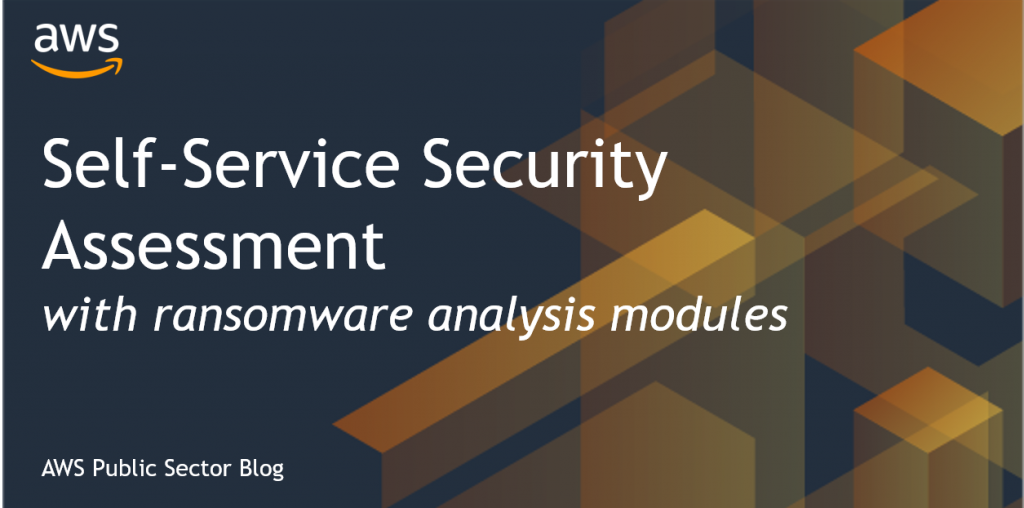AWS Public Sector Blog
Tag: Amazon EC2
The Water Institute of the Gulf runs compute-heavy storm surge and wave simulations on AWS
The Water Institute of the Gulf runs its storm surge and wave analysis models on Amazon Web Services (AWS)—a task that sometimes requires large bursts of compute power. These models are critical in forecasting hurricane storm surge event (like Hurricane Laura in August 2020), evaluating flood risk for the Louisiana and other coastal states, helping governments prepare for future conditions, and managing the coast proactively.
Adding an ingress point and data management to your healthcare data lake
Data lakes can help hospitals and healthcare organizations turn data into insights and maintain business continuity, while preserving patient privacy. A data lake is a centralized, curated, and secured repository that stores all your data, both in its original form and prepared for analysis. A data lake enables you to break down data silos and combine different types of analytics to gain insights and guide better business decisions. In my previous post, “Getting started with a healthcare data lake,” I shared how to get started using data lakes in managing healthcare data and what a good “first sprint” architecture might look like. Here, I walk through building your first solution on AWS using a healthcare data lake as our example workload.
How the cloud is powering fast, scalable diagnostics in the fight against COVID-19
In response to the COVID-19 pandemic, healthcare organizations around the world are focusing on improving and speeding up testing and diagnostics. Digital health companies Smart Reporting in Germany and Thirona in the Netherlands have been working to create a CT-based imaging solution to support COVID-19 diagnosis, enabled by the cloud and the Amazon Web Services (AWS) Diagnostic Development Initiative. The AWS Diagnostic Development Initiative provides support to organizations for innovation in rapid and accurate patient testing for 2019 novel coronavirus (COVID-19) and other diagnostic solutions to mitigate future outbreaks.
Promoting biodiversity conservation with open data and the cloud
Working with a network of 100 biodiversity information centers and 1,000 conservation scientists, NatureServe identifies and understands the most important places to prevent species extinction and ecosystem loss. They provide land use decision-makers in federal and state agencies, industry, academics, and nonprofits with information to meet both regulatory and biodiversity conservation needs. NatureServe and its network collect and maintain data on the conservation status and location of threatened and endangered species, developed over decades of field data collection. But these data have been underutilized in environmental review decision-making processes due to challenges surrounding awareness, access, and reliable or seamless integration with other systems. To address these challenges, they developed an online spatially explicit tool on AWS.
Pivoting and scaling with AWS: Three EdTechs share their journey to support education
The impact of COVID-19 has K12 and higher education institutions working hard to prepare for students to return to learning that will be anything but typical. The 2020-2021 academic year will include various teaching and learning modalities—virtual, hybrid, and face-to-face—and most expect a shift from one to another throughout the year. Globally, EdTechs are working with AWS to accelerate features and solutions to better support students and educators in teaching and learning, physical and mental wellness, and health and safety.
How CloudEndure Disaster Recovery opens the door to IT resilience for the public sector
For public sector organizations, there is no room for service disruption. When faced with a natural disaster, emergency, or cyberattack, these organizations need to continue running mission-critical applications to power essential platforms such as call centers, patient and judicial databases, and online learning sites. A disaster recovery (DR) strategy is necessary for public sector organizations that need to be there for their communities. CloudEndure Disaster Recovery, offered by AWS, can help organizations reduce DR total cost of ownership (TCO) and achieve business continuity.
Dystech creates first dyslexia and motor dysgraphia screening app
In June, Australian startup and AWS EdStart Member Dystech, launched the world’s first screening app for dyslexia and motor dysgraphia. Dyslexia and dysgraphia impact between 10-20 percent of individuals worldwide. With this release, Dystech has the opportunity to change lives and accelerate testing for millions of individuals around globe. Dystech uses artificial intelligence (AI) and machine learning (ML) to create an app that transforms how education and healthcare organizations screen for this disorder.
Assess your security posture to identify and remediate security gaps susceptible to ransomware
As government agencies and public sector organizations modernize their IT and migrate to the AWS Cloud, the ability to gain a full, clear view of the security of their environments is a primary challenge they experience. This lack of visibility leads to blind spots and gaps in their security posture, leaving opportunity for security issues to arise. As a result, AWS developed a new open source Self-Service Security Assessment (with ransomware analysis modules) tool that provides customers with a point-in-time assessment to quickly gain valuable insights into the security posture of their AWS account.
Virtual exchange is transforming the global classroom
Each year, millions of students travel abroad to study and enrich their personal development and global perspective through international student exchange programs. Virtual exchange is becoming an important part of digital learning environments due to its student-centered, cost-effective, and equitable means of advancing international education. One example is
ImmerseU, a virtual exchange learning platform developed by Class2Class, an AWS EdStart Member.
Empowering girls with STEM education, safely and at scale
Boolean Girl is educating girls to code, build, invent, and animate. It provides enrichment classes, all-girl camps, special events, and partnerships, preparing girls everywhere to explore computer programming and engineering. Boolean Girl hosts its website on the cloud and is core to everything it does: telling its story, registering students and taking payment for camps and after-school clubs, processing donations, organizing events, building our email lists, and running its online university. Boolean Girl uses the AWS Nonprofit Credit Program to cover vital IT expenses while achieving its mission.









